Craniofacial disorders arise in early pregnancy and are one of the most common congenital defects. To fully understand how craniofacial disorders arise, it is essential to characterize gene expression during the patterning of the craniofacial region. To address this, we performed bulk and single-cell RNA-seq on human craniofacial tissue from 4-8 weeks post conception. Comparisons to dozens of other human tissues revealed 239 genes most strongly expressed during craniofacial development. Craniofacial-biased developmental enhancers were enriched +/- 400 kb surrounding these craniofacial-biased genes. Gene co-expression analysis revealed that regulatory hubs are enriched for known disease causing genes and are resistant to mutation in the normal healthy population. Combining transcriptomic and epigenomic data we identified 539 genes likely to contribute to craniofacial disorders. While most have not been previously implicated in craniofacial disorders, we demonstrate this set of genes has increased levels of de novo mutations in orofacial clefting patients warranting further study.
儿童第一数据资源中心 (“刚果民主共和国”) 由 NIH 共同基金支持的合作机构组成,奖励编号为 U2CHL138346,作为共同基金 Gabriella Miller Kids First 儿科研究计划的一部分 (“孩子第一”). 所有内容, 与 DRC 门户和网站相关的条款和条件以及政策 (“服务”) 由刚果民主共和国生产. 作者在服务中表达的观点和意见并不一定代表或反映美国国立卫生研究院的观点和意见 (“NIH”) 或美国. 政府. 此外, NIH 不认可或推广任何 DRC 实体或其任何产品或服务,也不对产品提供保证, 服务, 或刚果民主共和国提供的信息.
© 2024 加布里埃拉米勒儿童第一数据资源中心. 版权所有.






